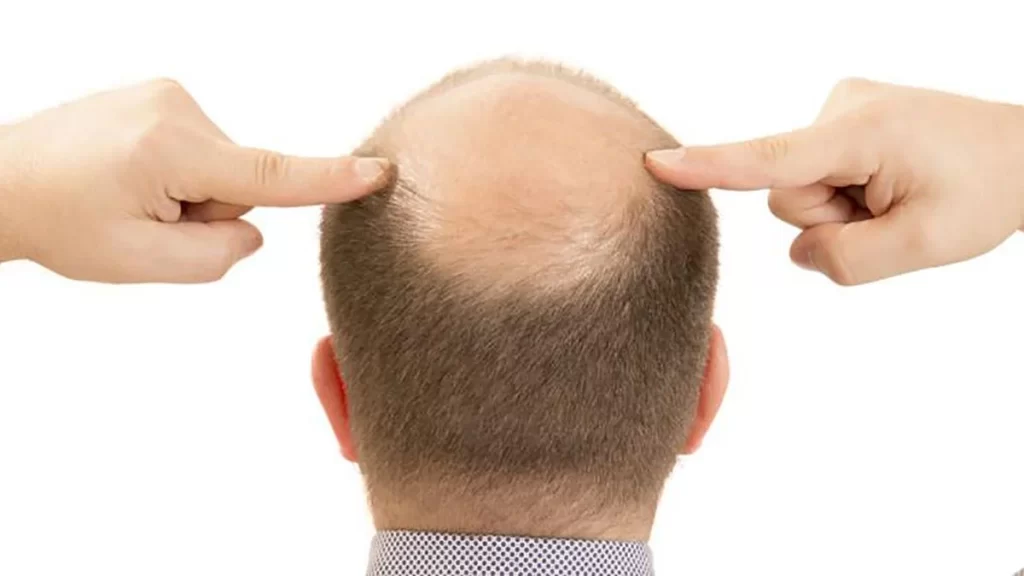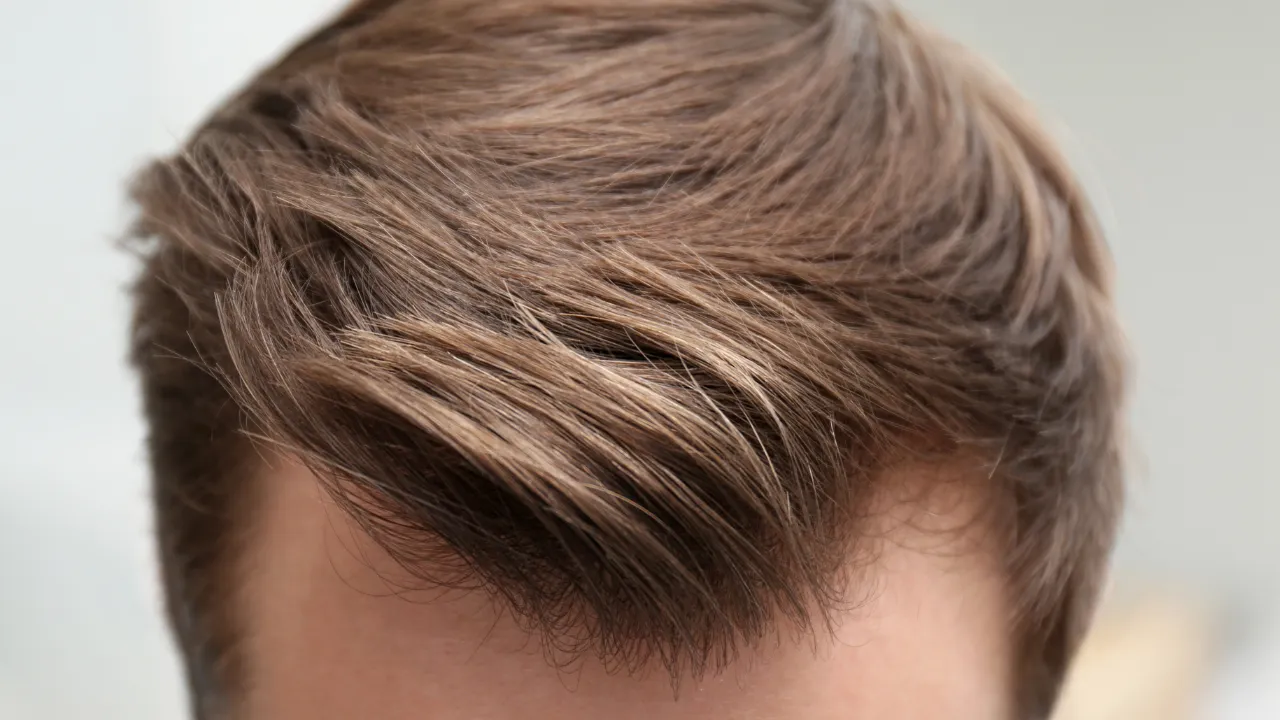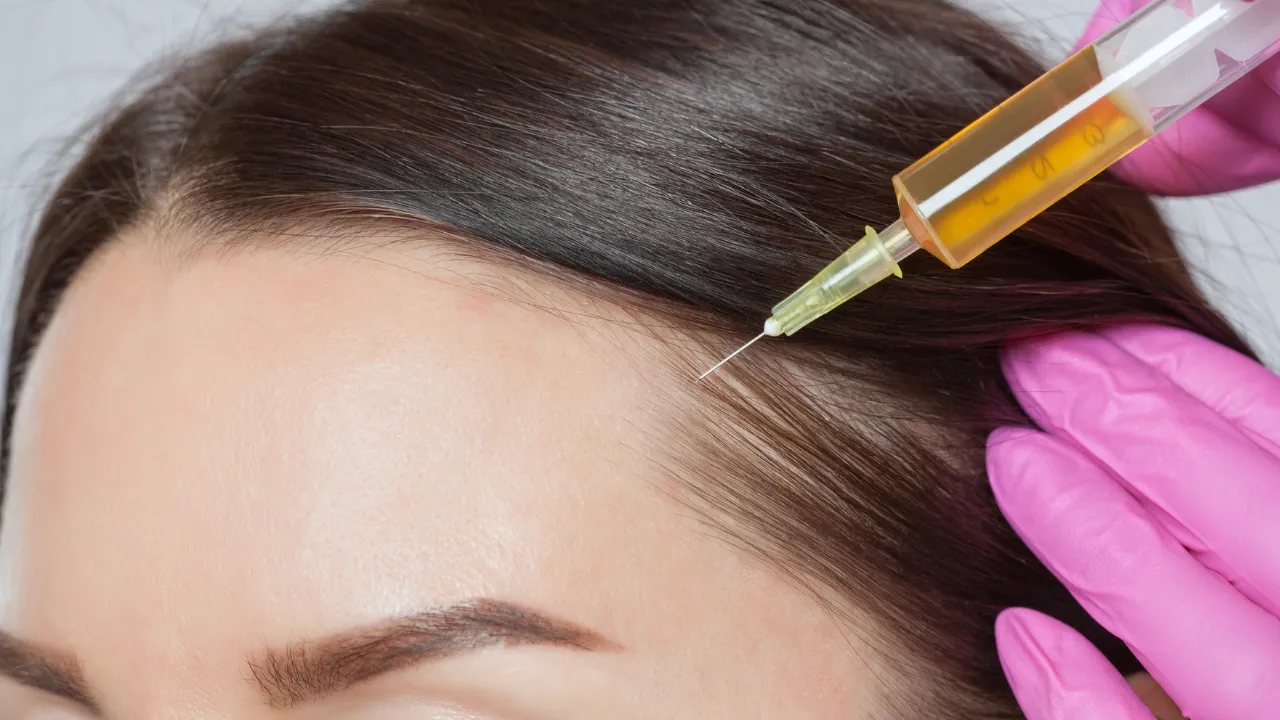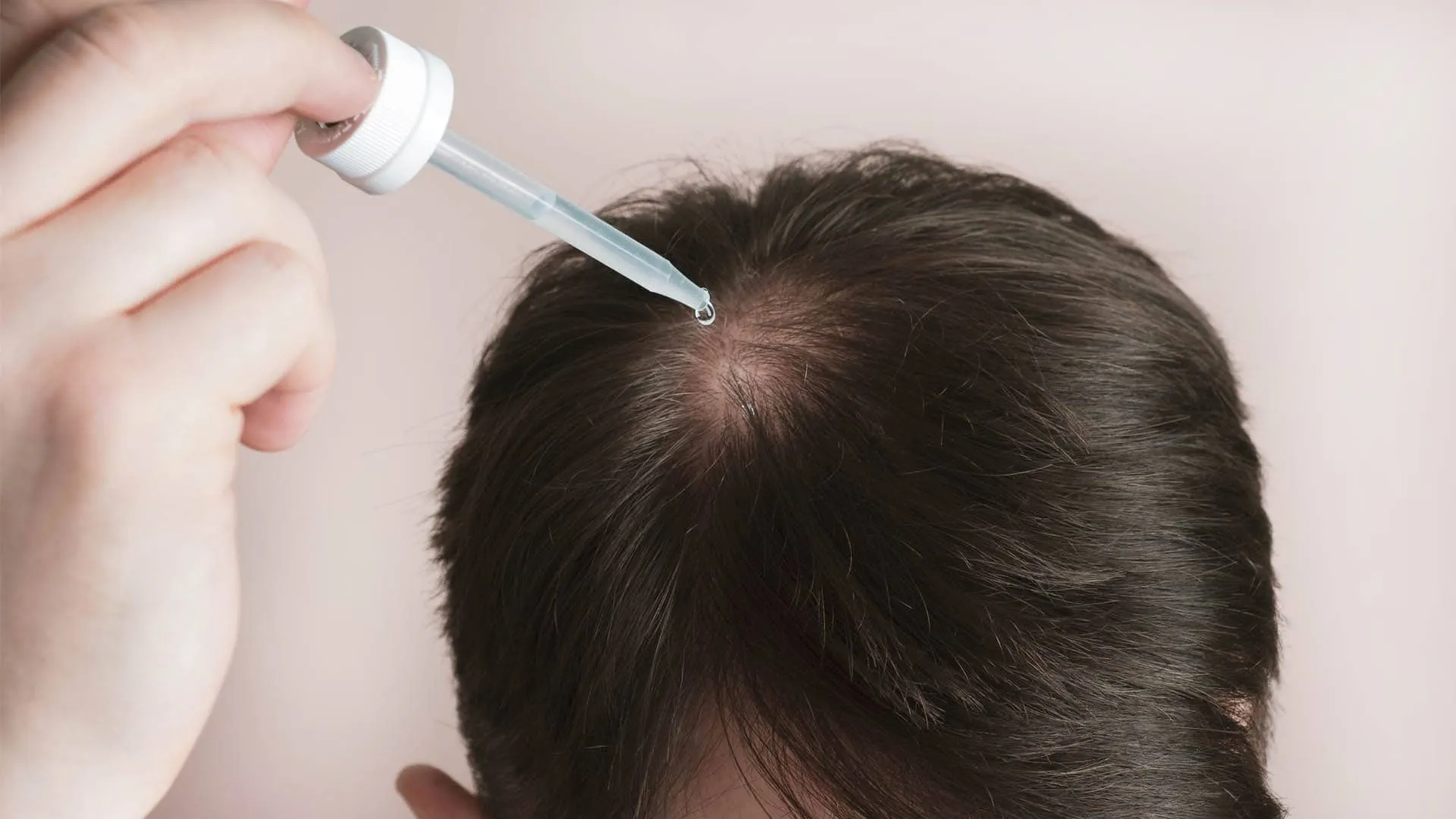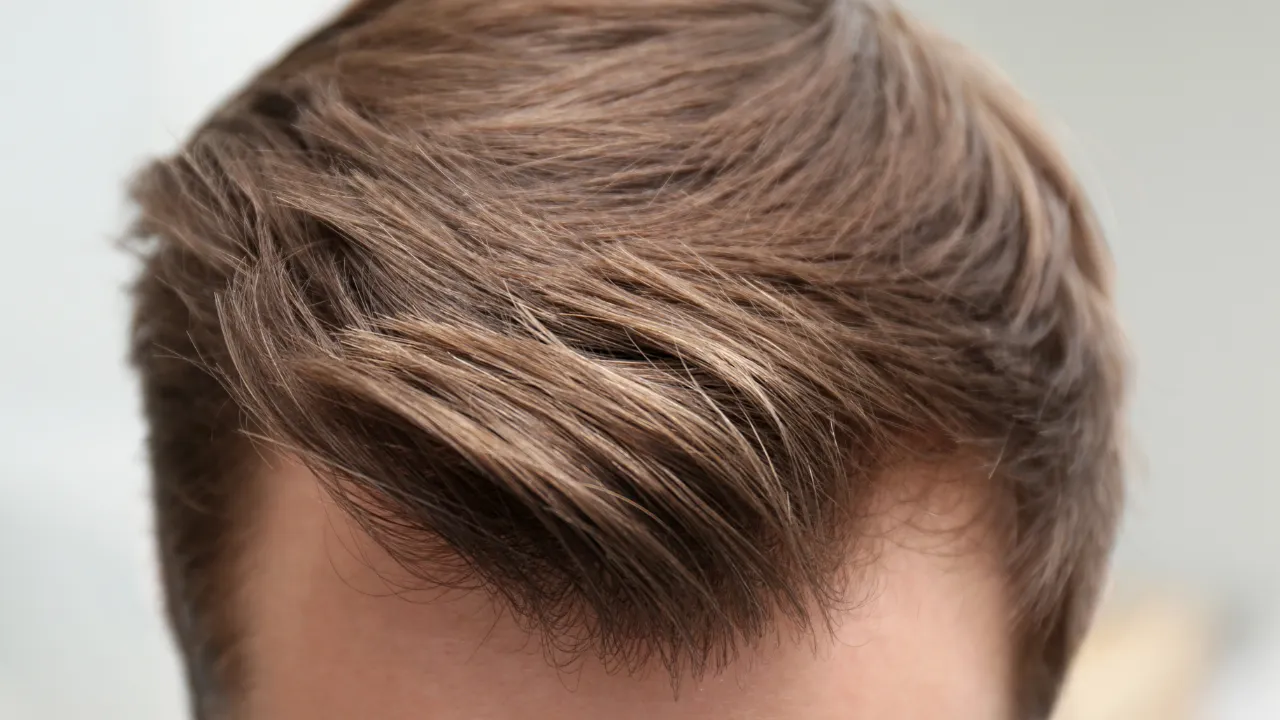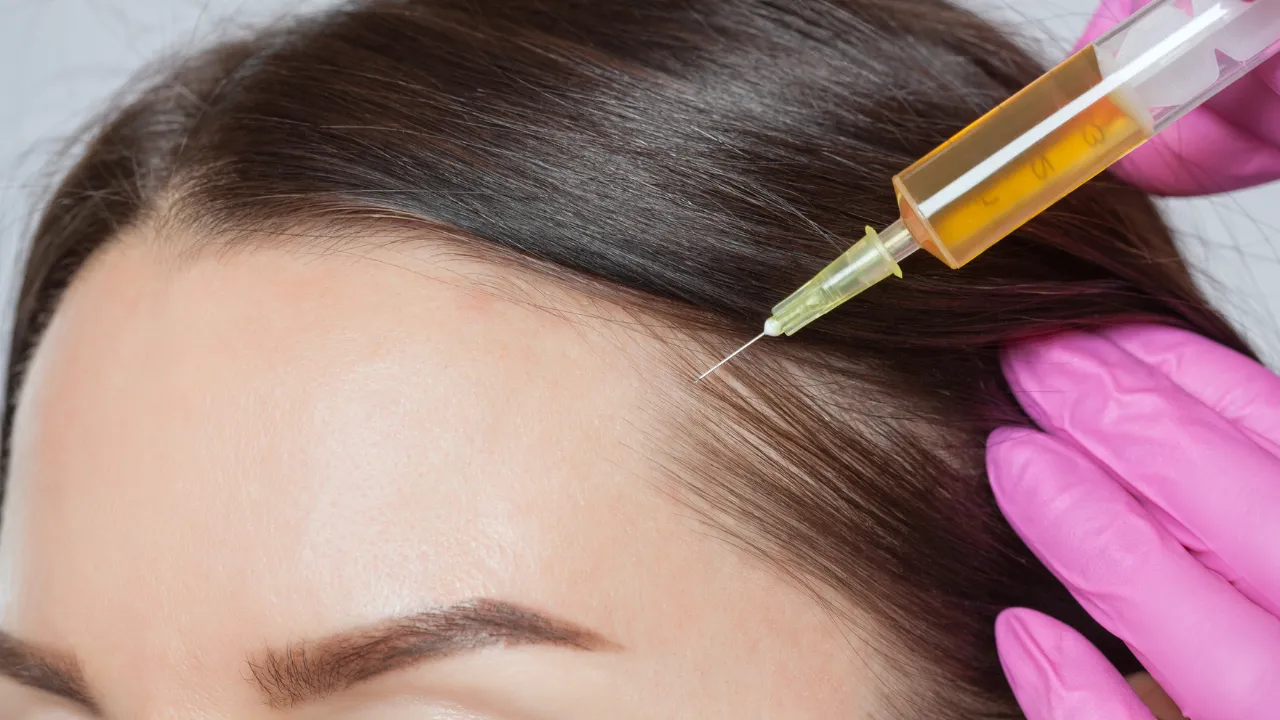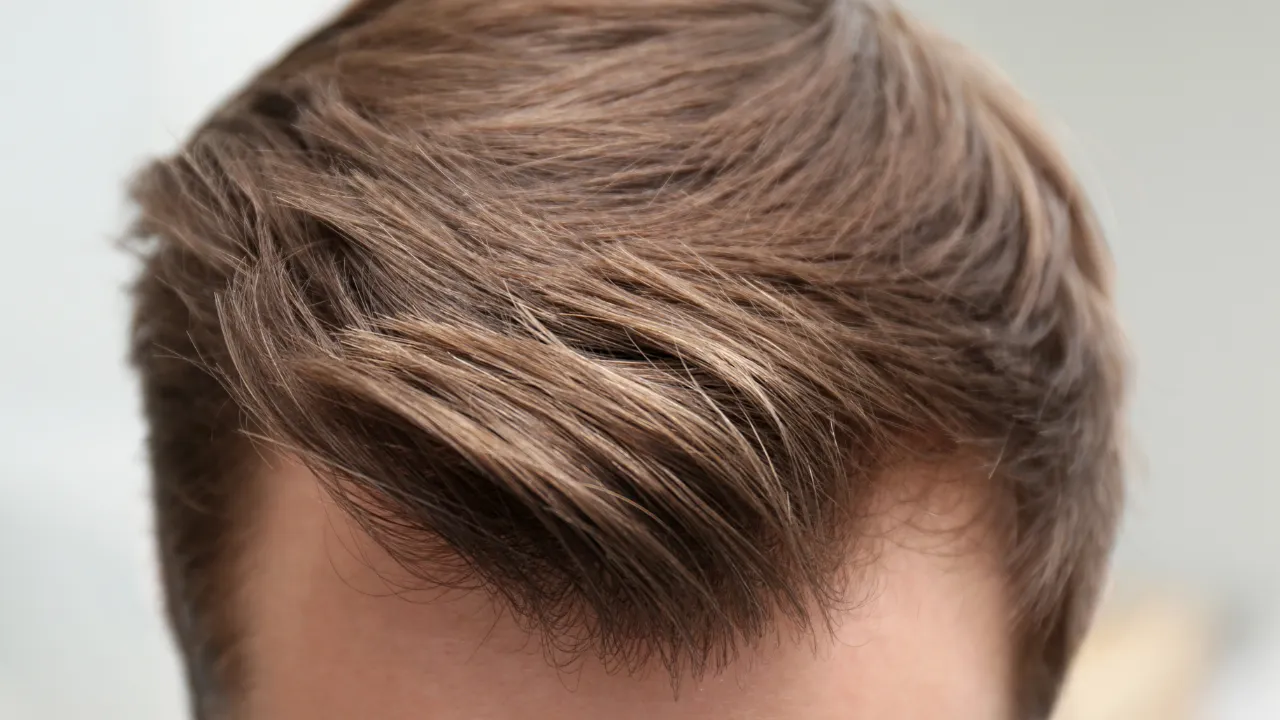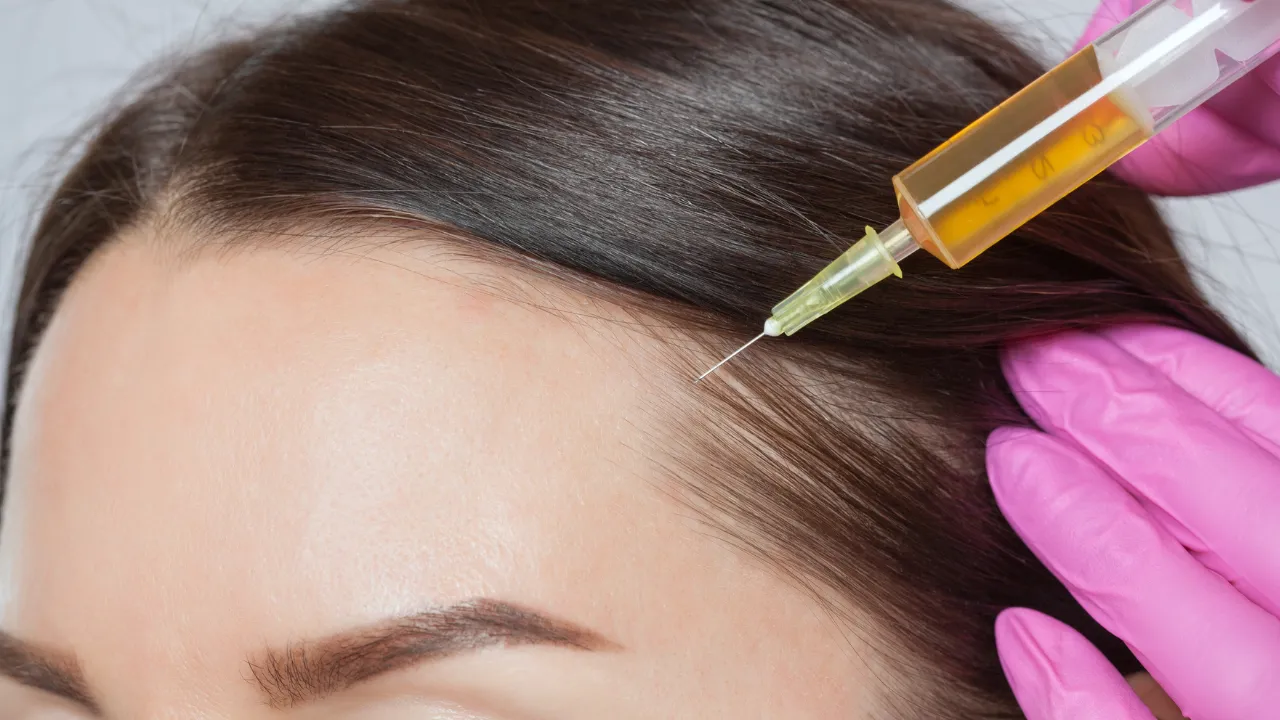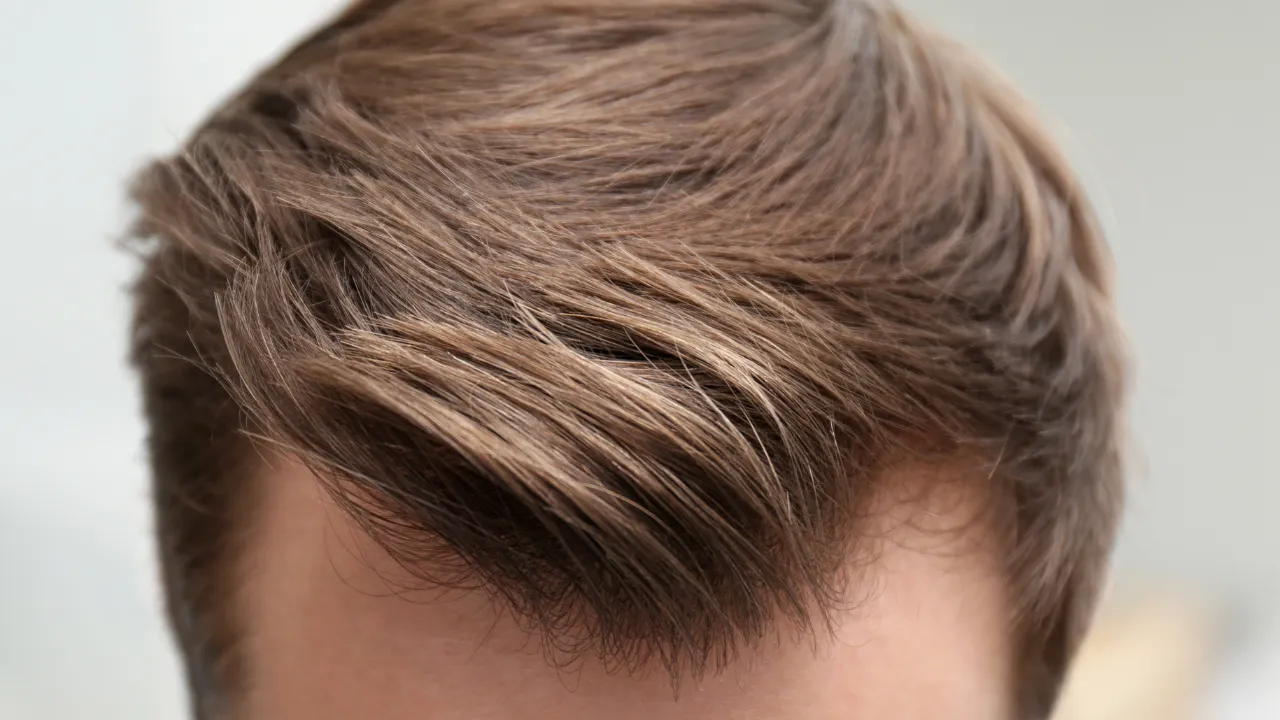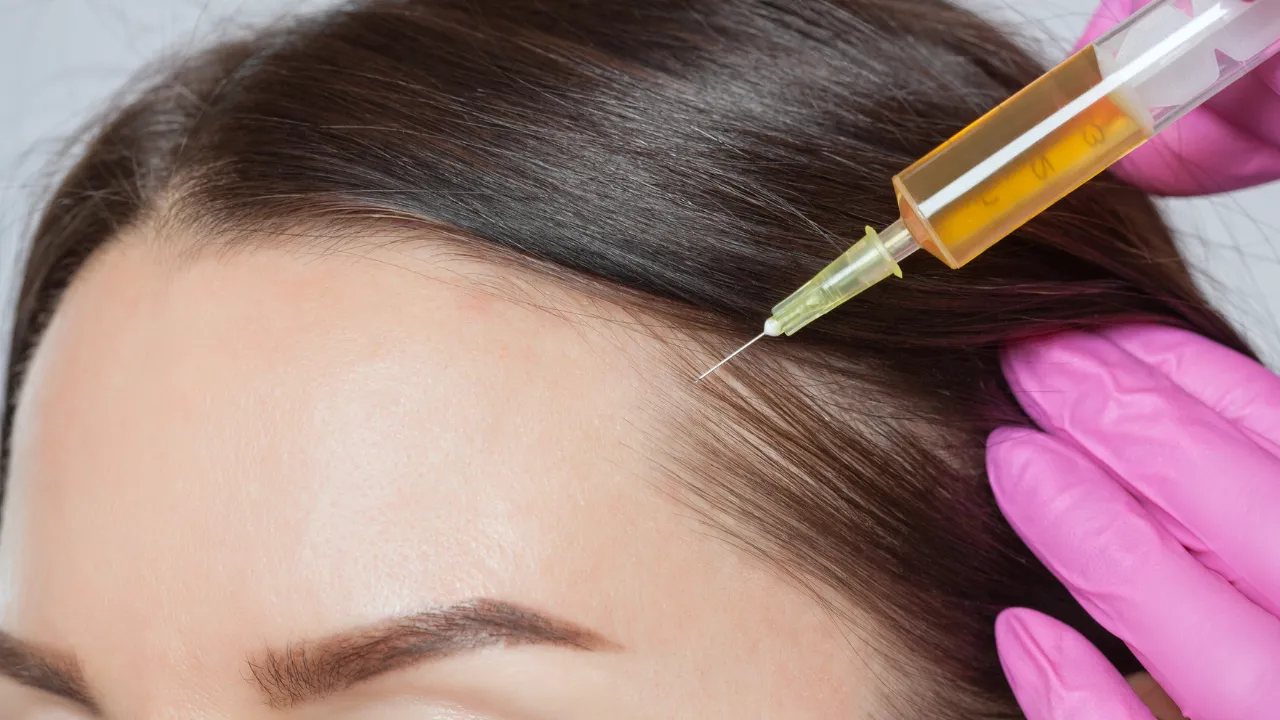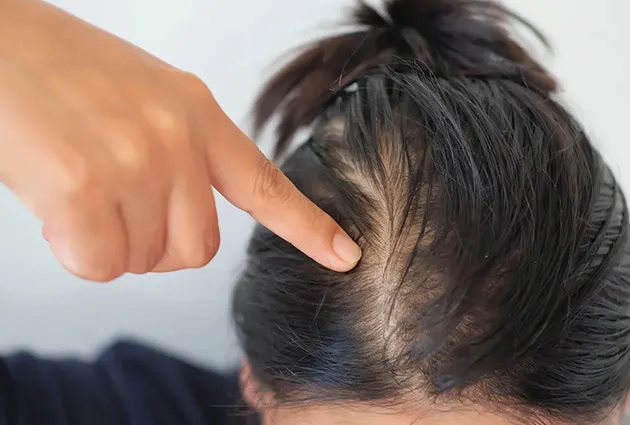Table of Contents
ToggleWondering am I going bald can be unsettling, especially when hair changes happen quickly. At Kopelman Hair, we understand the importance of detecting the first signs of balding early and taking action. With decades of experience in hair restoration, we’re here to guide you with expert insights and proven solutions.
Key Takeaways
- Early signs of balding include thinning at the crown or temples, increased visibility of the scalp, and persistent hair shedding.
- Hair loss can result from genetic, hormonal, or medical factors, and understanding the cause is essential for effective treatment.
- Self-checks and quizzes can help detect balding early, but a specialist consultation offers a definitive diagnosis and personalized advice.
- Women often experience different hair thinning patterns than men and should monitor for widening parts or a reduction in hair volume.
- Dr. Kopelman provides expert assessments and treatment plans, including medical therapies and surgical options, tailored to each patient’s needs.
How to Tell If You’re Going Bald
Early signs of balding vs normal shedding
Noticing early signs of hair loss can make a big difference. Hair shedding is normal, but when hair falls more often than usual, it may indicate a deeper issue.
Watch for:
- Noticeable thinning at the temples or crown
- Clumps of hair in the brush
- Increased scalp visibility
Am I balding or is my hair just thin?
Thinning can result from breakage, diet, or seasonal changes. Balding often affects specific areas and is a long-lasting condition.
Ask:
- Has this lasted for months?
- Is your part line growing?
- Do you see bald spots?
Spotting crown thinning and receding hairlines
The crown—or top of your head—is a common site of early loss. A receding hairline often forms an “M” shape, starting at the temples.
Check with photos or a mirror over time to track changes.
Understanding Balding Stages
What is stage 1 of balding?
Stage 1 involves minimal changes to the hairline and no visible thinning. Most people don’t notice it unless they compare past photos.
Catching it early improves your chances of preserving hair.
Signs of balding at 20
Hair starts thinning earlier than many expect. In your 20s, look for:
- Receding hairline
- Less volume
- Family history of baldness
The younger it starts, the more important early treatment becomes.
Is stage 2 hair loss reversible?
At stage 2, a slight recession and thinning occur. With fast action—such as topicals or PRP—you may be able to reverse some of the damage.
Act early for the best results.
Self-Checks and Quizzes
Am I going bald quiz: quick self-test
Ask yourself:
- Has shedding increased in the past months?
- Is your scalp easier to see?
- Does baldness run in the family?
If you answer yes to two or more, consult a specialist.
Simple at-home checks
Use a mirror in daylight to check the hairline and crown. Lightly pull a hair section—more than 6 strands may signal loss. Compare with old photos to track changes.
When to see a hair loss specialist
If thinning continues or bald patches appear, book a consultation. Early expert care can prevent further hair loss. Dr. Kopelman offers precise evaluations and custom plans.
Quick Check: Signs You May Be Going Bald
Use this list to assess if you’re experiencing early hair loss:
- Thinning at the crown or temples
- More visible scalp
- Hair in the drain or pillow
- Family history
- Uneven hair regrowth
Early detection helps prevent further hair loss.
Why Am I Going Bald?
Understanding the common causes of hair loss helps determine the right treatment path.
Genetics, hormones, and medical triggers
Androgenetic alopecia is the most common cause. It’s genetic and linked to hormones like DHT.
Other causes:
- Thyroid problems
- Autoimmune diseases
- Side effects from medication
Hair loss may also result from underlying medical conditions, which should be diagnosed early to avoid complications.
Stress, nutrition, and lifestyle impact
If you’re losing hair suddenly, stress or nutrition may be to blame. Low iron or a poor diet can weaken hair.
Avoid:
- Crash diets
- Smoking
- Poor sleep
Simple changes may improve strength and slow loss.
Why young people experience early hair loss
Balding early often runs in families. Environmental stress and styling habits also play a role. Sometimes, the issue is temporary hair loss, not permanent thinning.
Types of Hair Loss Explained
Hair loss isn’t one-size-fits-all. The most common type is androgenetic alopecia, which causes predictable patterns.
Other types:
- Telogen effluvium (from illness or stress)
- Alopecia areata (autoimmune)
Each type needs a different approach.
Related Health Conditions That Can Cause Hair Loss
Hair loss may be a sign of a medical issue. Sudden or patchy loss should be checked by a doctor.
Possible links:
- Thyroid imbalances
- Iron deficiency
- PCOS
- Autoimmune diseases
Testing helps target the right treatment.
Hair Loss in Women
Am I going bald as a woman?
Women may not notice receding hairlines but often see diffuse thinning. Signs include:
- Widened part
- Excess hair in the shower
- Thinner ponytails
These can be early signs of hair loss—not just a natural part of the aging process.
Hair thinning patterns in women
Female pattern loss affects the crown more than the front. Pregnancy and menopause can also trigger loss. A blood test may help rule out treatable issues.
Dr. Kopelman’s Medical Expertise
Dr. Kopelman is a board-certified hair restoration expert with over 40 years of experience.
Patients at Kopelman Hair receive evaluations tailored to their individual needs, taking into account their lifestyle, medical history, and scalp condition.
Can Balding Be Slowed or Reversed?
Daily habits that support hair health
Support your hair with simple steps:
- Eat well (iron, protein, omega-3s)
- Use gentle hair products
- Avoid tight styles and excess heat
These can help limit damage and promote hair regrowth.
Proven treatments and restoration options
Medical treatments and evidence-based treatment options include:
- Minoxidil
- Finasteride
- PRP
- Hair transplants
Kopelman Hair creates custom plans tailored to your hair pattern.
What to expect from medical hair procedures
FUE transplants are minimally invasive with no scarring. Most patients return to work in days. Dr. Kopelman designs each procedure for natural, lasting results.
Choosing Between Treatment and Acceptance
Not everyone treats hair loss, and that’s okay. Some use wigs, while others simply embrace it. If it affects your confidence, trusted professionals like Dr. Kopelman can help you weigh options.
Take the Next Step with Dr. Kopelman
Seeing early signs? Unsure what’s normal? Schedule a full evaluation at Kopelman Hair. With decades of experience, Dr. Kopelman distinguishes between temporary and permanent loss. Early action means more options.


